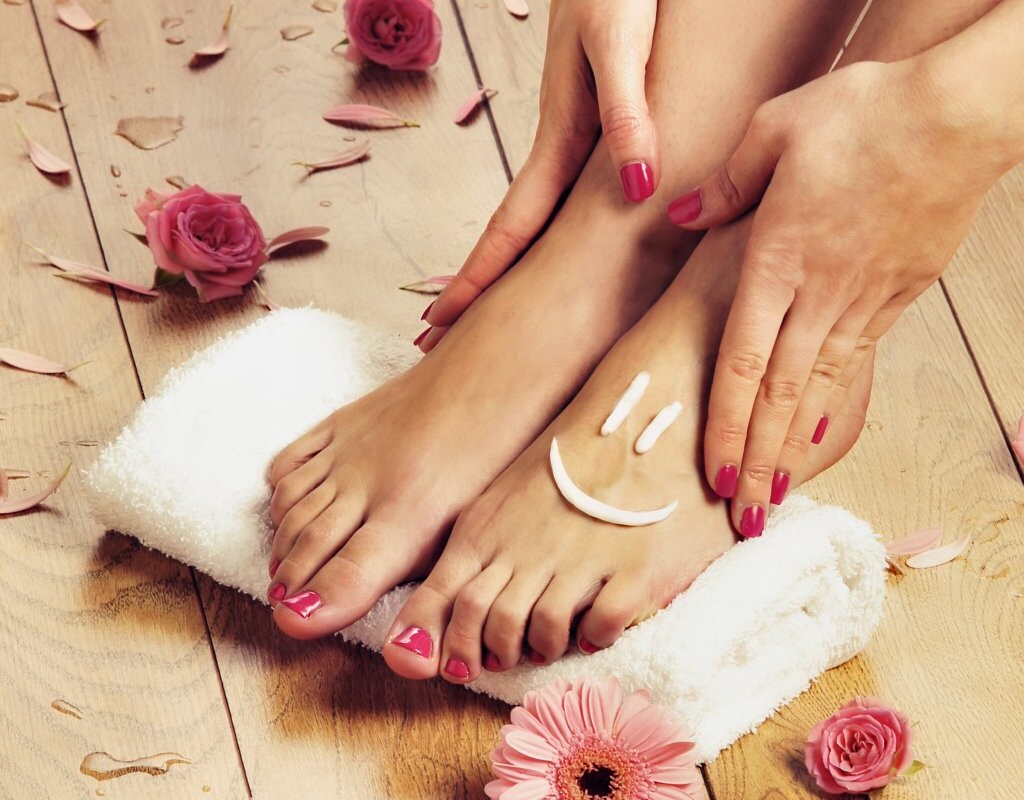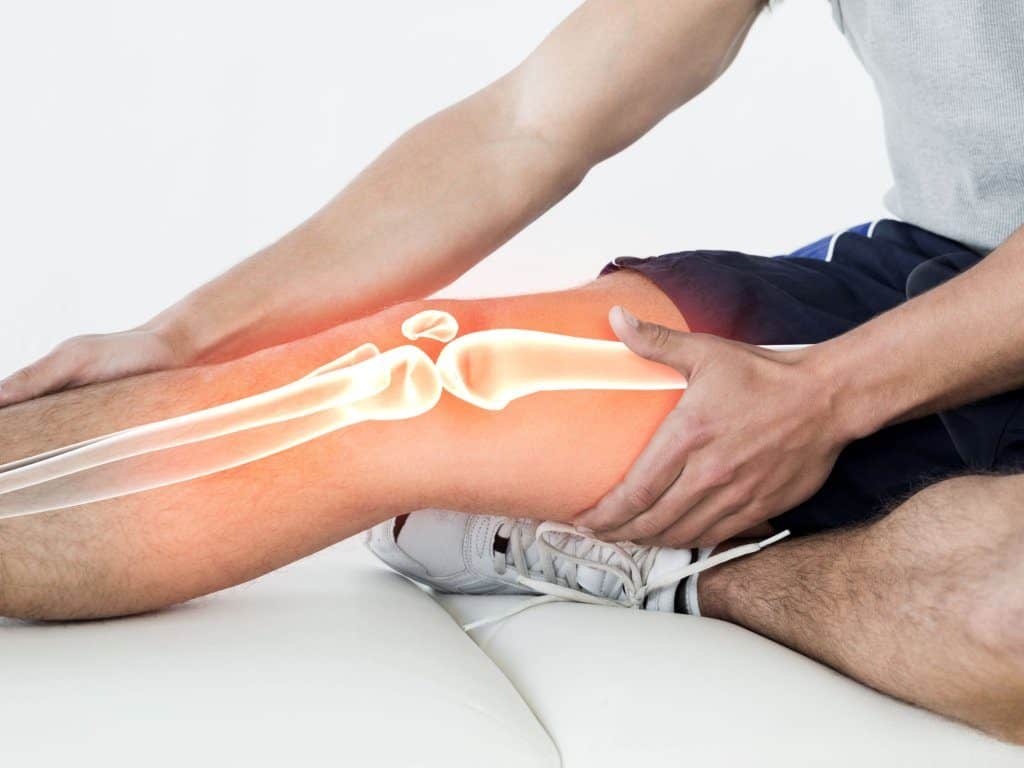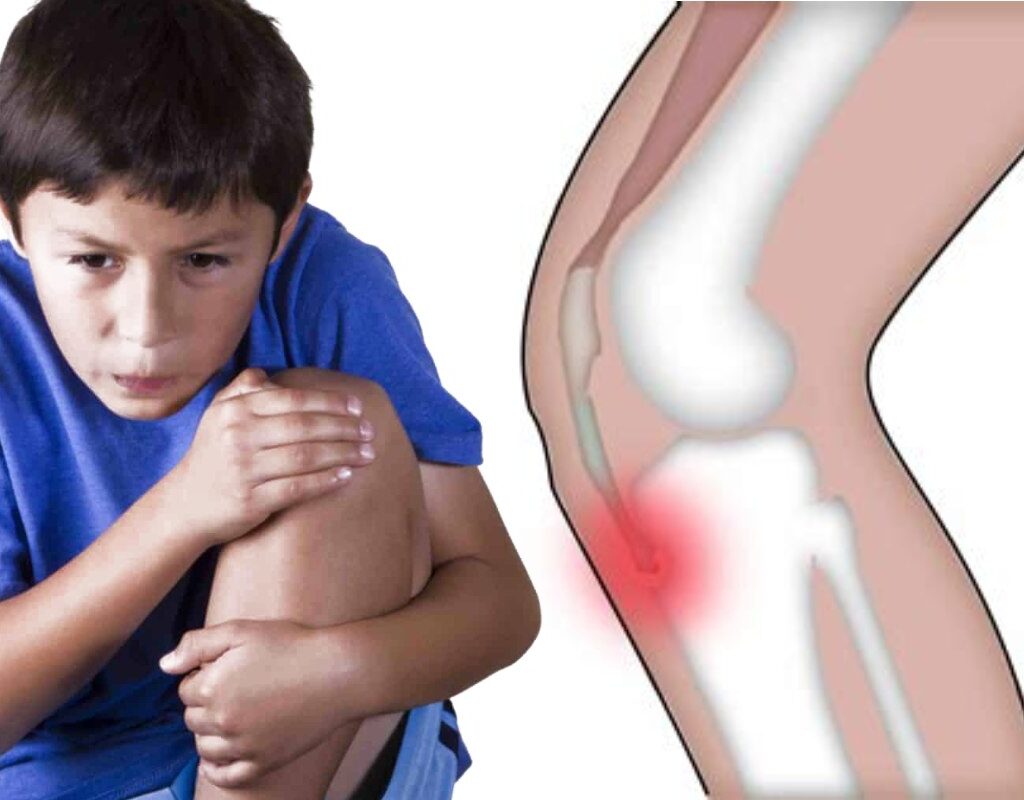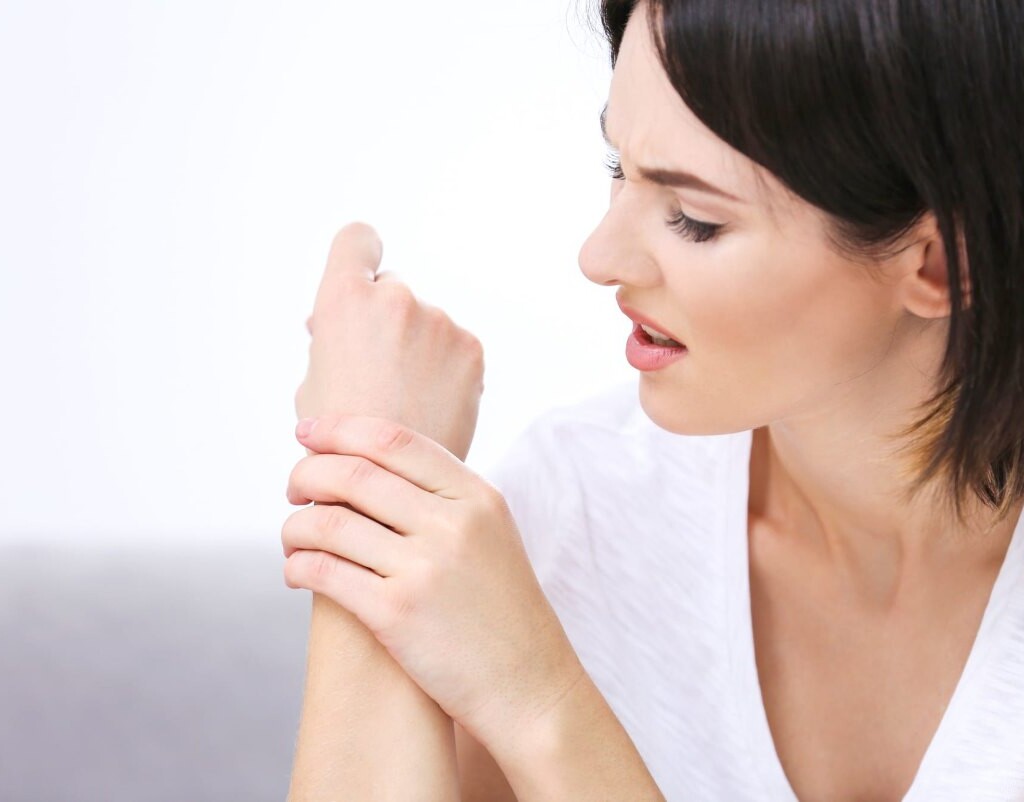Understanding and Managing Ingrown or Brittle Nails through Biodescodification
Ingrown or brittle nails are a frequently occurring condition, with the big toe being the primary target. This condition arises when the nail grows and folds into the skin, causing inflammation, redness, and pain in the affected area.
Biological Decoding suggests that the presence of ingrown toenails may be linked to the sensation of being trapped, while brittle nails may be related to the feeling of being unable to defend oneself or being disconnected from the possibility of doing so.
It is vital to examine the circumstances in which one feels defenseless and to consider whether any pressures or stereotypes are contributing to such feelings. This knowledge can aid in the identification and management of ingrown or brittle nails.
Recognizing and Treating Nail Fungus or Mycosis
Nail fungus or mycosis is a common infection that can affect one or more nails, characterized by white or yellowish spots under the nail and subsequent discoloration, swelling, and decay. As the fungus feeds on dead substances it can deform and change the color of the affected nail, accompanied by itching and discomfort.
According to Biological Decoding, the appearance of nail fungus may be related to a conflict of dirt or an attack of the soil itself.
The individual may experience a feeling of aggression towards that part of the body or towards the symbolism of the affected finger. Therefore, it is important to recognize the symptoms and seek treatment to address both the physical and emotional aspects of the condition.
Once the underlying conflict is resolved, the appearance of fungi may signify a tissue restoration process that eliminates cellular debris no longer necessary. To properly treat nail fungus, it is crucial to address the root conflict and practice good foot hygiene to regain a sense of worthiness and prevent recurrent fungal infections.
Neglecting treatment may lead to persistent infection, resulting in fetid degradation by fungal or mycobacterial caseification, causing feelings of uncleanliness. As such it is vital to promptly seek medical attention and monitor symptoms to prevent the development of further complications.
Understanding and Treating Corns from a Biodescodification Perspective
Corns are a common skin condition that can cause discomfort and pain due to the thick and hard layers of dry and scaly skin that form on the feet. These calluses often develop as a protective mechanism against friction and pressure and may be linked to a conflict of aggression and devaluation.
Fortunately, many cases of corns can be resolved without invasive treatments by addressing the underlying emotional pressures and limiting beliefs that contribute to their development. By eliminating the source of friction and working on emotional healing, individuals can effectively treat this problem and restore comfort to their feet.
It is important to recognize the symptoms of corns and take a holistic approach to treatment, focusing on both physical and emotional factors to achieve lasting relief.
The Psychological Significance of Heel Pain and the Importance of Self-Confidence
Heel pain is a symptom that may be indicative of feelings of inadequacy and devaluation in one’s chosen direction. According to Biodescodification, the heel represents the body’s support, and its pain may suggest situations in which an individual feels unsupported or lacks support from a specific person or circumstance.
These situations may stem from a need for external validation or permission before taking action, which can result in feelings of guilt if such approval is not granted, as well as distress if one feels compelled to remain in a certain place.
It is vital to recognize that one can trust oneself to make decisions and move in the desired direction without relying on others’ approval. Accepting that others may follow alongside while moving forward independently is a valid choice.
It is essential to understand that all paths are opportunities for learning, and one’s intuition must be followed while remaining true to oneself.
How to take care of our feet and our emotional health?
Caring for our feet extends beyond the realm of mere comfort and can significantly impact our emotional well-being.
To prevent joint and skin irritations, it is essential to choose footwear that conforms to the shape of our feet without squeezing or pressing any part. It is recommended to select shoes with a broad last and adequate space between the longest toe and the shoe’s end.
To avoid dryness and thickening of the skin, it is crucial to apply moisturizing cream, preferably containing urea, before bed. A comforting lavender essential oil massage, known for its antiseptic and relaxing properties, can be followed by covering the feet with seamless cotton socks.
Furthermore, it is critical to acknowledge our feet’s fundamental role in maintaining our balance and walking rhythm. Thus, taking a moment to rest and thank them for their support at the end of each day can prepare them for the next. In sum, caring for our feet not only maintains physical health but also positively impacts our emotional health.
Enhancing the Sensitivity and Strength of Your Feet through a Recommended Exercise
Incorporating simple yet effective exercises to strengthen and improve the sensitivity of our feet is crucial in recognizing their significance towards our health and emotional well-being.
Experts suggest one exercise, which involves walking barefoot on different surfaces, to activate sensitivity and strengthen foot muscles. Walking barefoot on textures such as dirt, wet sand or grass can awaken nerve endings, stimulate circulation, and improve foot muscle strength. It is essential to choose a safe and suitable surface to avoid potential injuries.
This exercise can also serve as a reminder to be conscious of every step taken, connecting us to our emotions and awareness of our path. By taking off our shoes and feeling the textures and temperatures of different surfaces, we can find balance and flexibility in every step and strengthen the sensitivity of our feet.




